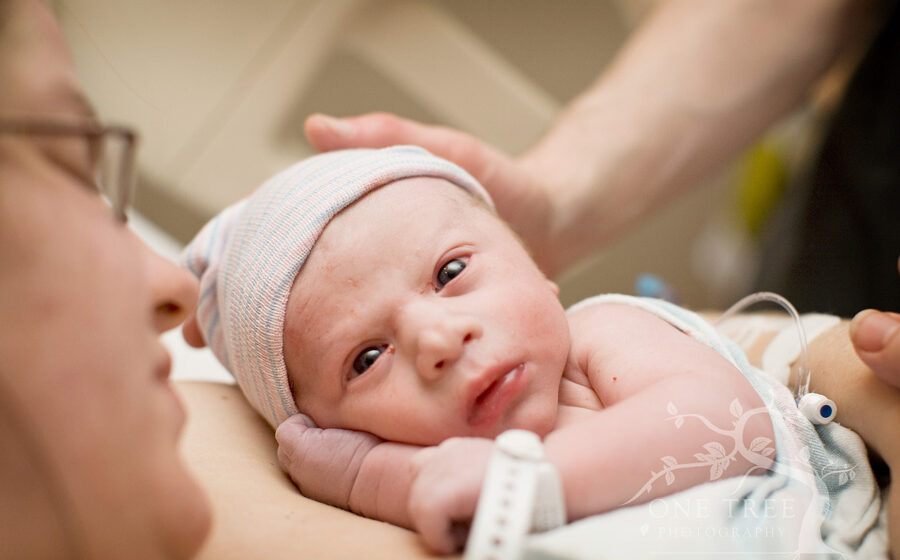Remember that pandemic baby boom some thought we’d see about nine months after coronavirus lockdowns swept across the US?
Well, as experts predicted, so far it seems to be shaping up to be more of a baby bust.
New data released by the US Centers for Disease Control and Prevention’s National Center for Health Statistics on Wednesday doesn’t paint the full picture, but it gives us a glimpse of what’s going on. The birth rate in the United States fell in the last quarter of 2020, decreasing significantly — more than 6% — from the same time period the previous year.
That’s notable because the data includes December 2020, the first month when most babies born would have been conceived after the start of the pandemic. A more detailed breakdown of government birth data also shows the largest decline in births occurred in December.
“We’ve been conjecturing about the impact of Covid on births for quite some time. These most recent CDC data provide our best opportunity to date to document what actually happened,” says Phillip Levine, a professor of economics at Wellesley College.
The government reports released Wednesday don’t provide any analysis on how Covid-19 is shaping these numbers. But Levine and other experts say there’s little doubt it’s playing a role — and that these numbers point to some ways the pandemic could shape our society for years to come.
Demographers have said a combination of factors — fewer births, more deaths and less immigration — were already combining to slow the nation’s population growth. Then the coronavirus pandemic hit, intensifying these trends.
Additional data released Wednesday shows the trend of declining births and fertility rates in the United States is continuing.
Last year there were 3.6 million births in the United States, down 4% from the previous year. After an increase in 2014, the number of births has declined an average of 2% per year. This is the lowest number of births in the US since 1979.
The US birth rate fell for the sixth consecutive year and reached a record low of 55.8 births per 1,000 women aged 15-44, the National Center for Health Statistics said, also a 4% decrease from the previous year.
The new reports are based on provisional data, which includes more than 99% of birth certificates issued last year.



